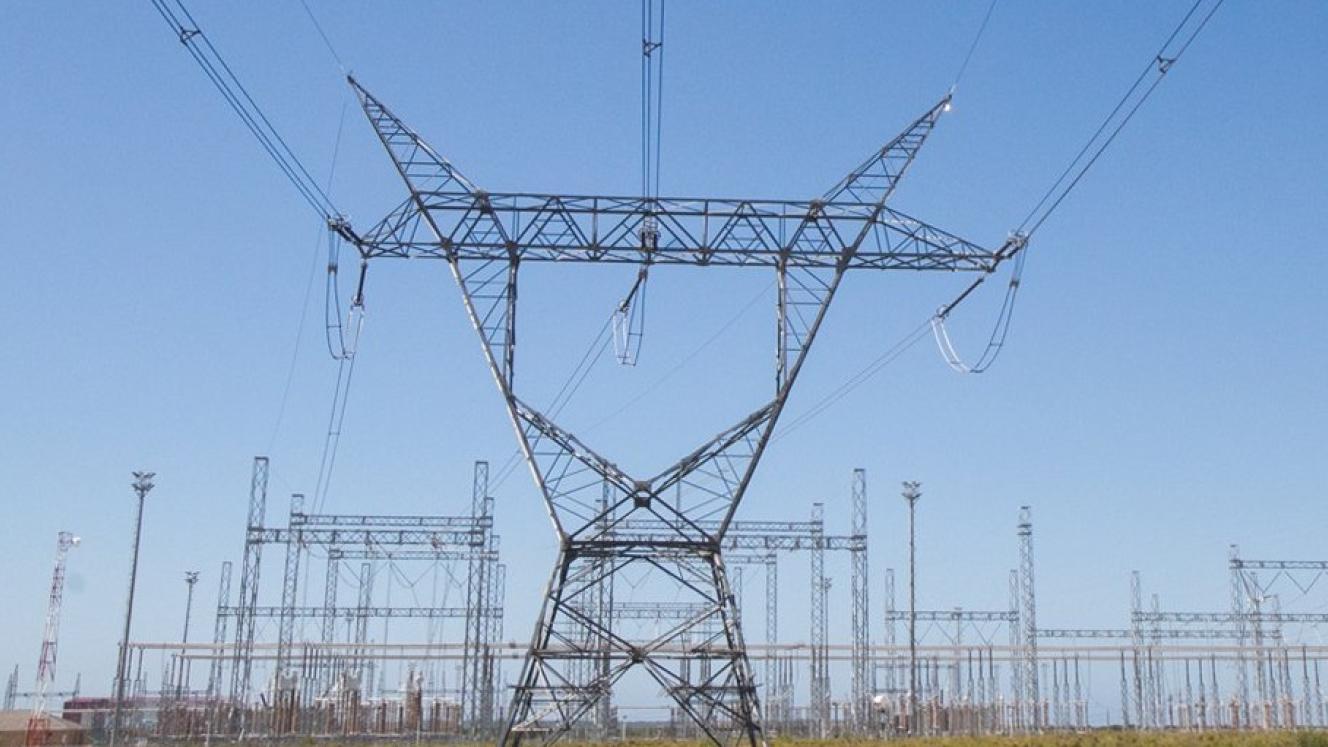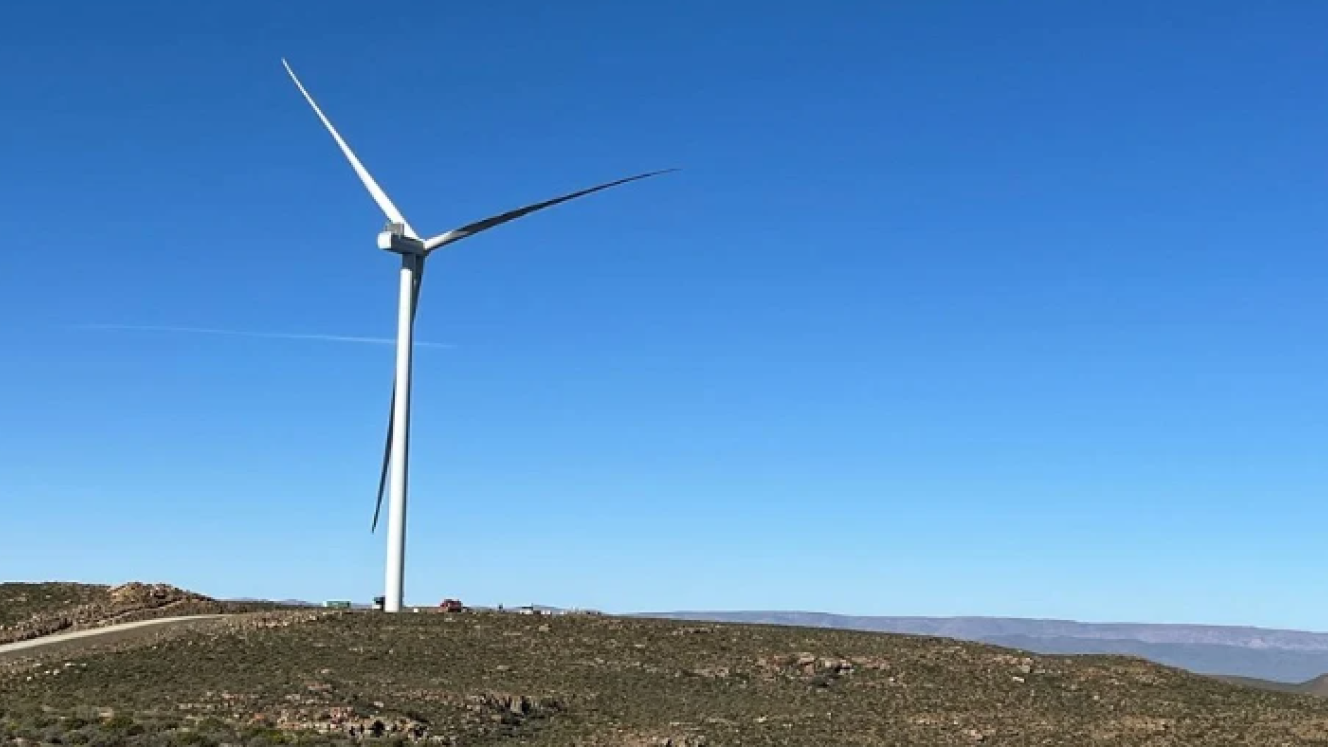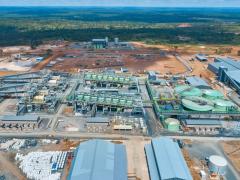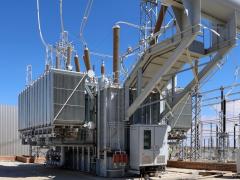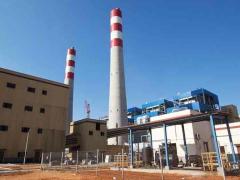Eskom has issued updated criteria for determining project readiness under the Interim Grid Capacity Allocation Rules (IGCAR). Legal experts Alexandra Felekis (Partner), Emma Bleeker (Senior Associate) and Sarah Longdon (Candidate Legal Practitioner) of Bowmans South Africa unpack the implications of the March 2025 IGCAR assessment criteria document, especially for developers planning to trade power.
To address South Africa’s capacity-constrained national grid, the IGCAR, released by Eskom’s Grid Access Unit (GAU) in 2023, have shifted from a first-come, first-served connection process to a first-ready, first-served model.
On March 12, the GAU released the IGCAR assessment criteria document, which seeks to clarify the criteria used to assess the readiness of a project and guides budget quote applicants on how to package their submissions to the GAU.
Traders
Eskom acknowledged that clarity is required on a trader’s role in the grid allocation process. Eskom stated that no trader’s details will go into network service provider (NSP) consent letters from November 8, 2024. Eskom noted that traders “will be seen as end users who actually consume energy… and therefore must provide account details of account/point of delivery for the NSP letter”.
Previously, applicants could obtain NSP consent letters by naming the relevant trader to whom they intended to supply energy. The GAU has now closed the loop on committed offtakers and requires that traders provide a list of their customers to the GAU to obtain the NSP consent letter.
The NSP consent letter is required for any application to the National Energy Regulator of South Africa for registration in terms of Schedule 2 of the Electricity Regulation Act, 2006, and is therefore a component of the readiness assessment under IGCAR.
The GAU also states that, in terms of documents submitted as part of a budget quote application, the generator’s maximum export capacity (MEC) must match the end-user’s notified maximum demand. Applicants will need to take note of the GAU’s emphasis on this requirement.
In addition, traders must now furnish Eskom with their trading licences. Previously, the GAU accepted proof that a trader had applied for a trading licence – this is no longer sufficient.
Environmental authorisations
IGCAR requires that an applicant provide an environmental authorisation (EA) and a water use licence (WUL) as part of its application for the purpose of assessing project readiness.
The assessment criteria document clarifies that the project must “preferably have an EA” but that the GAU may approve an application without it “depending on the project and the risk” and provided that the GAU “does not spend any unrecoverable money”.
Eskom has, similarly, said that it will accept proof of submission of a WUL application. This aligns with Eskom’s 2023 clarification that it “may accept proof of submission of application to relevant authorities… as commensurate compliance taking into account specific details and circumstances of the project, including unreasonable delays in processing such applications by the relevant authorities”.
Given the long lead times for the EA and WUL, these clarifications allow applicants to commence with budget quote applications sooner.
The GAU noted that it would accept heads of terms in lieu of an executed power purchase agreement (PPA) but not in cases where “the power is used for offsetting and own-use”.
IGCAR guarantee
Under the IGCAR, the GAU requires applicants to provide a grid capacity allocation guarantee (IGCAR guarantee). This may be called upon if the customer has:
- Breached any requirement of the budget quote;
- Failed to comply with the terms of the budget quote and/or related connection agreements and/or related grid connection undertakings and/or budget quote development milestones;
- Had its reserved or allocated capacity revoked due to its own actions; or
- Failed to utilise the allocated grid capacity within the timelines stipulated in the budget quote.
The GAU has reiterated that the IGCAR guarantee must be the “Eskom-approved template original IGCAR guarantee”. Albeit not a new requirement, this form is onerous and secures a broad range of customer obligations.
The clarifications relating to the EA, WUL and the acceptance of PPA heads of terms provide some leniency within the context of a lengthy and expensive grid connection process. However, applicants intending to supply energy to traders should note the new criteria. Traders must now be able to furnish their trading licences and list of customers, demonstrating a committed offtake that matches the applicant’s MEC.

